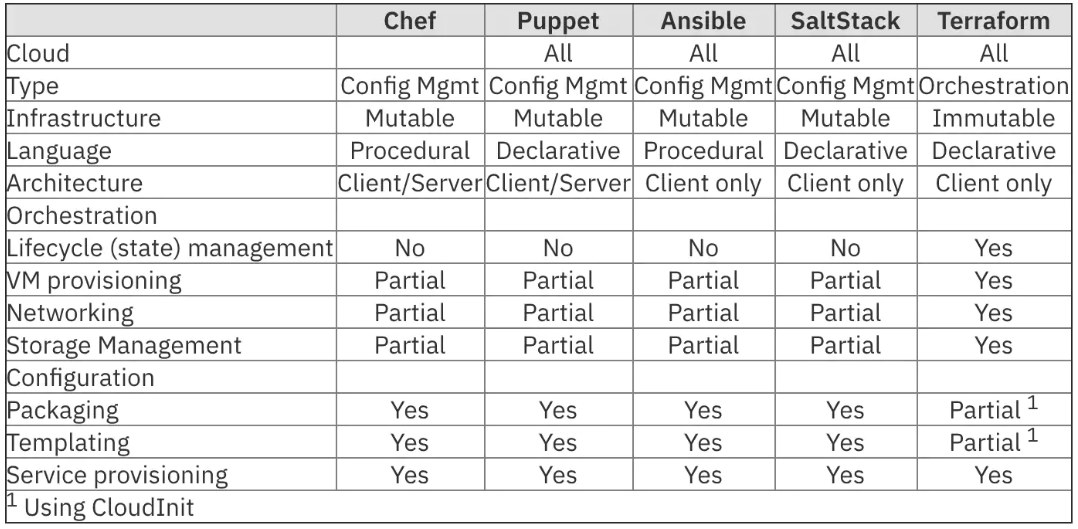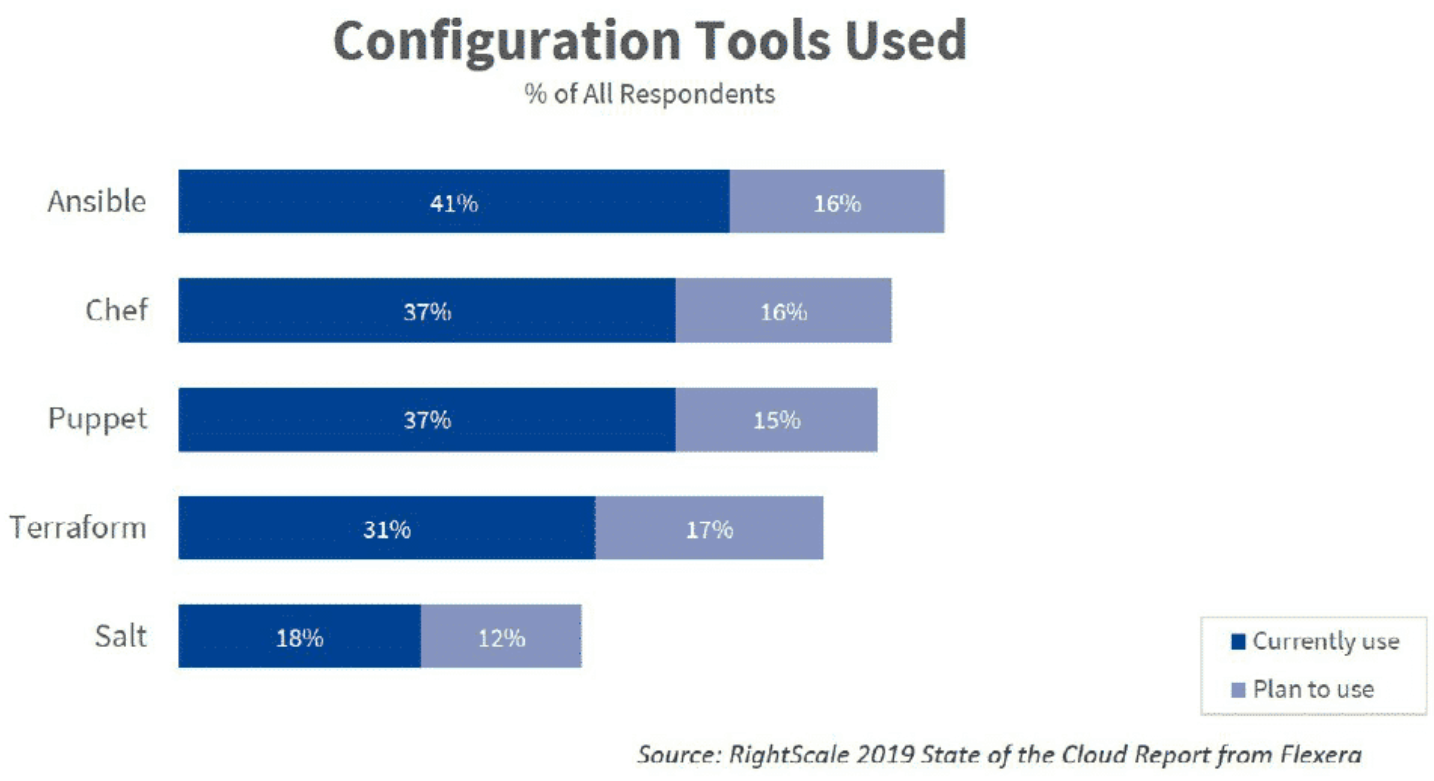If you look up the word ‘terraform’ in the Oxford English Dictionary, the meaning that you find may make you reminisce about some of the science fiction movies or TV series you have watched or heard of. And you may start wondering if something like ‘terraforming’ is actually possible. Transformation of another planet to make it Earth-like, which is what terraform means, would seem like a glorious idea. As there’s always a ‘but’ associated with any brilliant thought that we have, this terraforming of Mars or any other planet is not possible with the current technologies, says NASA.

Anyway, on Earth, terraforming is possible. (Although this is in no way referring to the tackling of climate change, it would be nice to see some strong measures being taken). Earth, our home, is witnessing a wave of digitisation all around in this 21st century. Amongst different digital innovations that are happening, one of the open-source tools, which is incidentally, and rightfully, named Terraform, is here to metamorphose the web arena. And Drupal web application infrastructure can reap the benefits of Terraform to a great extent.
Infrastructure As Code with Terraform

To better understand Terraform, let’s start with an example where you are hosting a Drupal site on AWS. Managing the infrastructure here is a crucial aspect. You will be required to create an Amazon Elastic Compute Cloud (EC2) instance with your Drupal code to serve traffic. But that’s not all. There are more things to be taken care of. You are required to look after the identity and access management (IAM), subnets, auto-scaling groups, virtual private cloud, security groups, target groups, load balancers, Elastic load balancing and many more. Infrastructure as Code (IaC) is your solution to manage infrastructure resources effectively.
IaC automates the provisioning of infrastructure and allows your digital firm to build, deploy and scale cloud applications rapidly, cost-effectively and with minimum risks. It utilises top-of-the-line descriptive coding language for automating the process of provisioning of IT infrastructure. This reduces the need for developers to manually provision and manage servers, operating systems, database connections, storage and several other infrastructure elements. To apply IaC, leveraging Terraform is your best bet.
What is Terraform anyway? It’s a configuration orchestration tool that can work with private cloud, public cloud or on-premise system and has the provision for secure and convenient design, governance and improvement for infrastructure as code. As a cross-platform, extensible tool, Terraform codifies APIs into declarative configuration files. These can, then, be shared amongst team members, treated as code, edited, analysed and versioned.
“Terraform is a tool for building, changing, and versioning infrastructure safely and efficiently.” - Terraform.io
Terraform enables you to define infrastructure in config/code and lets you rebuild/change and track alterations to infrastructure easily. Terraform’s speed and operations are impeccable. Its plan command ensures that you make alterations to the infrastructure predictably and safely. That is, you will know what Terraform will do before you make any changes which leaves zero possibilities of any sort of surprises later on. By building a graph of all your resources and parallelizing the building and modification of any non-dependent resources, it gives insights into dependencies in the infrastructure. And, intricate changesets can be applied to the infrastructure with the help of minimal human interaction. Being open-source, it also has a lively community for you to easily engage with them and start using it.

IBM states that, in general, Ansible, Puppet, SaltStack and Chef are considered to be the configuration management tools where the software is installed and managed on existing server instances. Terraform, on the other hand, is considered to be an orchestrator which provides server instances itself thereby leaving the job of configuring those servers to other tools.

Even though Ansible leads the adoption charts, it’s the Terraform that has witnessed a surge in users in recent times. According to a 2019 State of the Cloud survey, conducted by RightScale, Terraform displayed the strongest growth. It expanded from 20% in 2018 to 31% in 2019.
Implementing serverless architecture with Terraform and Drupal
A session at Decoupled Days 2019 showed how Terraform can be used in the Drupal web application infrastructure. It demonstrated how to architect a serverless solution for serving the frontend with data that is fetched via an API from Drupal. The serverless frontend application was hosted with multiple cloud providers available via a CDN (Content Delivery Network). Such an application could be provisioned several times in multiple regions of more than one cloud providers with the help of Terraform. Writing wrapper scripts for Terraform streamlined the process of deploying infrastructure.
Drupal’s multisite capabilities, where multiple separate websites from a single codebase could be run, made the hosting requirements for the backend simple. The Frontend part wasn’t easy as it required to run multiple instances to emulate the number of web properties. All the websites were built on a common stack and the infrastructure resources could be easily shared where needed.
Drupal’s multisite capabilities, where multiple separate websites from a single codebase could be run, made the hosting requirements for the backend simple.
In this decoupled Drupal setup, the infrastructure for static web assets (comprising HTML, CSS, JavaScript, fonts and others) required Amazon S3 or similar storage and a CDN distribution with origin set to the S3 bucket. The frontend code was done using Angular.
With the presence of different environments and the need for an endpoint to access the API, hardcoding the URL during the build time was necessary. IP whitelist was used for Drupal server for high-level security. All the content was retrieved from a proxy. The proxy could be placed behind a CDN thereby improving performance and availability.
With several websites and environments, infrastructure automation was needed. Terraform made it all possible. It enabled the process of writing similar scripts for AWS and Aliyun, for instance. Terraform modules were run once to prepare the environment and create IDs of all the resources. The IDs were set in a configuration file which was accessible to all the Jenkins runs. This made sure that the front end code could be deployed from the CI (Continuous Integration) builds. Terraform also helped in administering the state of all the infrastructure.
Conclusion
System administrators and DevOps engineers strive to do more with less. Defining infrastructure in code and automating its deployment brings about operational efficacy and lower administrative overhead. Terraform is all set to be your go-to toolset for infrastructure automation. And, it can be a great asset in Drupal web application infrastructure.
Using Terraform can be fun. For starters, you can take Terraform for a spin and simply play with it to better understand its efficiency for your digital business.
Offering fantastic digital experience has always been the objective of OpenSense Labs. Talk to our experts at hello@opensenselabs.com and understand more about Terraform’s capability in transforming the landscape of your web application infrastructure.


